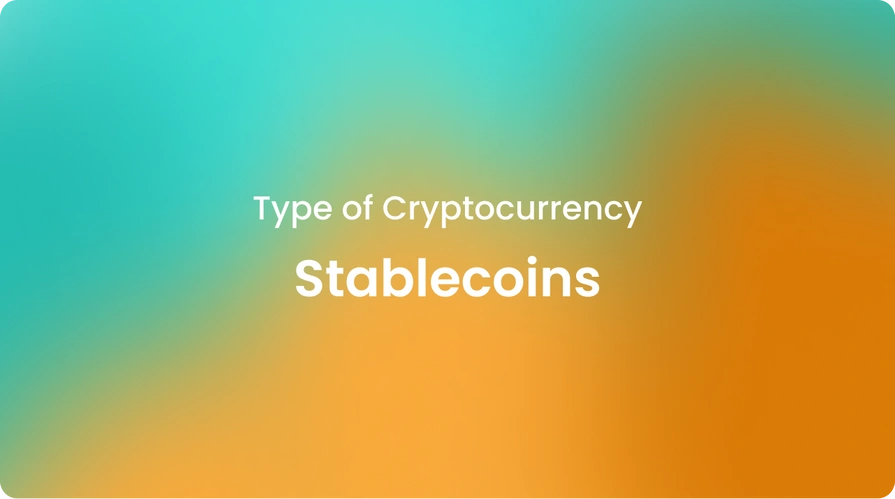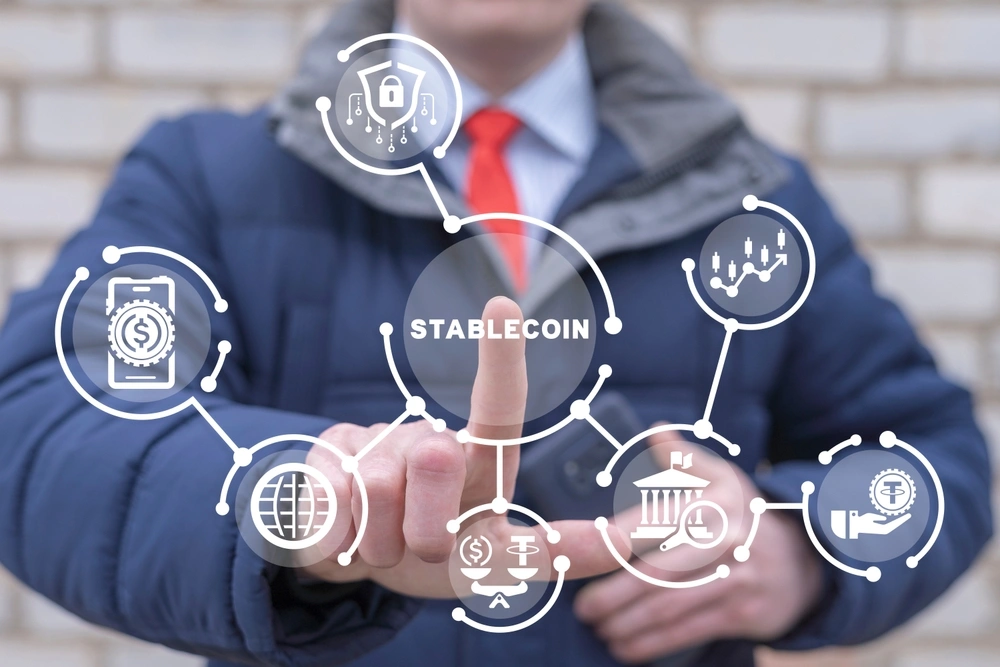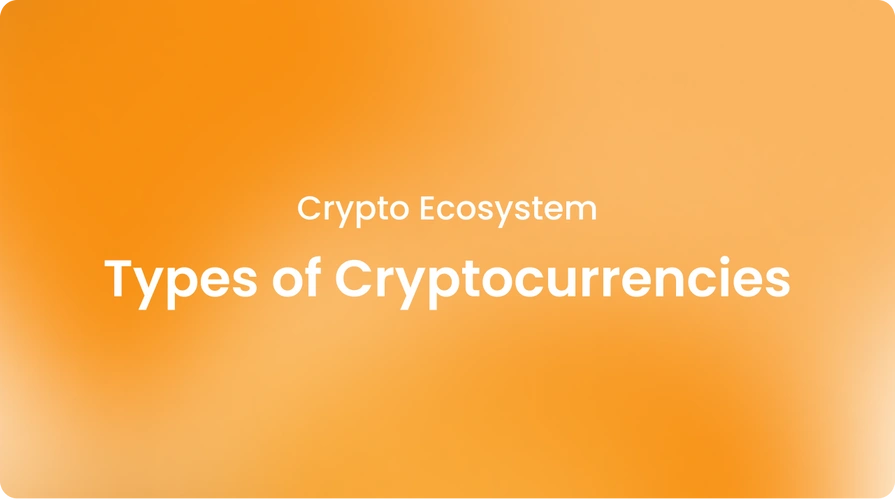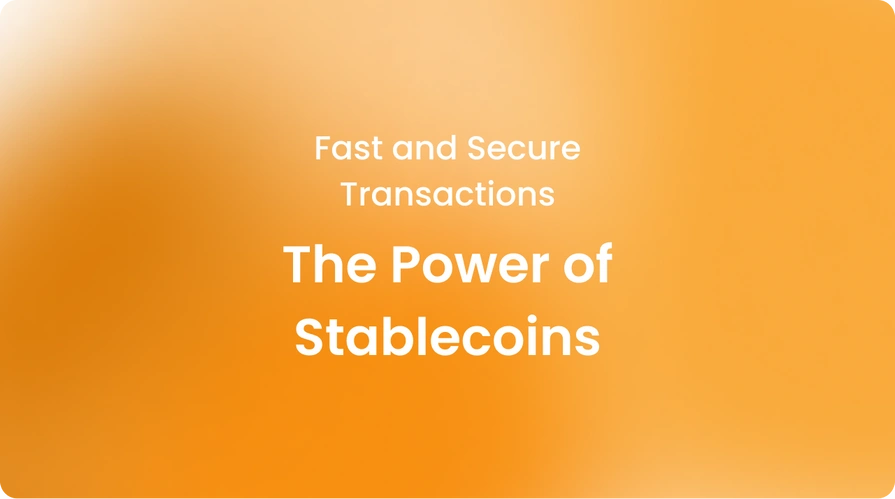|stablecoins, crypto
Stablecoins: Are They a Type of Cryptocurrency?

Stablecoins offer a bridge between traditional finance and the cryptocurrency world as a type of cryptocurrency. As the popularity of digital assets grows, stablecoins provide reliability amid volatility by maintaining price stability.
Let's explore stablecoins and how they can benefit both newcomers and experienced crypto users alike. While stablecoins leverage blockchain technology, they differ from other cryptocurrencies in their goal of price consistency.
The role of stablecoins is to maintain parity with fiat currencies like the dollar or euro by backing themselves with real-world assets. This contrasts with freely fluctuating cryptocurrencies.
The power of stablecoins comes from their stability without compromising the benefits of crypto. They allow easy transfer of value on public blockchains while avoiding exposure to market swings. This quality makes them ideal for use cases like crypto payments, lending, and crypto trading of other digital assets.
Are stablecoins considered crypto?
Yes, stablecoins are definitely considered part of the cryptocurrency world. Even though their valuations aim to stay constant, stablecoins rely on blockchain networks for transaction processing and record-keeping.
Similar to other crypto assets, stablecoins also function as crypto tokens that can be traded. Where stablecoins differ is in their linkage to off-chain collateral, which gives them inherent value.
This collateral backing provides redemption rights that reduce volatility compared to non-pegged cryptocurrencies. So while stable in price, stablecoins still benefit from crypto's borderless flows and smart contract capabilities.
Is stablecoin a token or a coin?
Stablecoins are often called crypto coins, but they function more like crypto tokens. Like other types of cryptocurrencies, stablecoins exist on a blockchain technology and can represent value that is exchangeable among holders.
However, stablecoins work by deriving their value and stability from an external asset or basket of assets held in reserve, rather than proof-of-work crypto mining or other network-based mechanisms.
So while stablecoins may look like standalone crypto coins, their asset tokenization feature ties to off-chain collateral make them effectively digital tokens. This nuanced distinction is important for understanding stablecoins' relationship to real-world assets.
If you need further guidance on stablecoins, you can check out “Can stablecoins lose value?” “Are stablecoins a good investment?” “Euro stablecoin guide” “Can you store stablecoins on Ledger?” and “Top 5 stablecoins”. CBQ blogs have all the information you may need for stablecoins and more!
What is the difference between stablecoins and crypto?
While stablecoins are indeed a type of cryptocurrency, they differ from other digital assets in important ways. Let’s explore these differences in detail!
Here are the key differences:
Volatility
Stablecoins aim to minimize price fluctuations through collateralization or algorithmic controls, whereas other cryptocurrencies experience high volatility.
Purpose
Users primarily use stablecoins for crypto payments, such as e-commerce payments, global payments, crypto batch payments, cross-border payments, and lending, rather than speculative investing like popular cryptocurrencies.
Backing
Stablecoins derive value from off-chain reserves, whereas decentralized cryptocurrencies rely on network consensus for value.
Regulation
As crypto-fiat hybrids, stablecoins face more regulatory oversight than unbacked cryptocurrencies, whose status may remain unclear.
Stablecoins share blockchain traits with cryptocurrencies but target stability over speculation through real-world asset backing, giving them distinct uses compared to highly volatile digital currencies.
How many stablecoins are there in crypto?
There are now over 100 different varieties of stablecoins in circulation. However, just a handful dominate the rapidly growing stablecoin market, which currently exceeds $150 billion in total market capitalization.
Furthermore, the market sees a continuous influx of new stablecoin projects backed by commodities like gold or pegged to foreign currencies beyond the U.S. dollar. This diverse and expanding stablecoin ecosystem is fueling increased activity across DeFi platforms and alleviating crypto volatility concerns.
Many top crypto exchanges offer stablecoins. Users can fund their exchange accounts using fiat currencies or other cryptos and then exchange the deposited funds for stablecoins.
After purchasing, users can withdraw their stablecoin assets to their crypto wallets or use them as collateral when interacting with DeFi platforms. Users should verify acceptable fiat on-ramps within their locality, as looming regulatory changes may eventually impact crypto exchange availability.
Why should you trust Cryptobunq?
Cryptobunq is a leader in the security, crypto custody, and issuance of digital assets. Since its founding in 2013, Cryptobunqhas secured billions of dollars in cryptocurrencies with multi-signature technology.
Major institutions trust Cryptobunq to guard their crypto reserves. With its history of safeguarding digital assets without compromising usability, Cryptobunq sets the standard for crypto security.
Cryptobunq holds regular attestations to prove backing reserves and interfaces with global regulators to ensure its stablecoin clients meet compliance standards.
This rigorous approach gives users confidence that crypto coins will remain safe thanks to our expert crypto services. Cryptobunq's expertise makes it easy for platforms and individuals to leverage cryptocurrencies without undue risk.
As a one-stop-shop crypto service provider, CBQ offers numerous solutions, including exchange APIs, batch payments, custody and wallet, checkout and invoicing, tokenization, node as a service, and more.
You can easily integrate crypto services into your business with CBQ to adapt your business into the future. Additionally, make sure to check out our case studies to see how we can help your business with our innovative blockchain payment solutions.
The bottom line
As this article has shown, stablecoins are emerging as a pivotal bridge between traditional finance and the cryptocurrency world. By maintaining price pegs and collateral backing, stablecoins smooth out crypto's innate volatility while retaining the cost-savings, speed, and programmability of blockchain.
Be sure to conduct your own research and only invest amounts you can afford, but the potential upside of stablecoins in the coming years is substantial as adoption grows globally each day.
As more people enter the crypto market, stablecoins are expected to reach new highs, with established companies like Cryptobunq ensuring the highest levels of transparency, reserves, and regulatory standards for your crypto investments.
A wide range of crypto solutions from BaaS to WaaS awaits you in CBQ if you consider investing in cryptocurrency. You can directly contact us and start to adapt to the future with our blockchain-powered crypto services!













